The Earth's crust is in a constant state of flux, driven by the relentless forces of plate tectonics. Among the most compelling frameworks for understanding this dynamic process is the Wilson Cycle, named after Canadian geophysicist John Tuzo Wilson. This theory elucidates the cyclical nature of supercontinent formation and breakup, offering profound insights into the planet's geological evolution. From the assembly of ancient landmasses like Pangaea to their eventual fragmentation, the Wilson Cycle provides a lens through which we can decipher the Earth's tectonic history and anticipate its future.
The Wilson Cycle describes a sequence of stages that continental crust undergoes over hundreds of millions of years. It begins with the rifting of a stable continental landmass, leading to the formation of a new ocean basin. Over time, this basin widens as tectonic plates diverge, only to eventually close as subduction zones consume the oceanic crust. The culmination of this process is the collision of continents, welding them together into a new supercontinent. This grand narrative of divergence and convergence is not merely theoretical—it is etched into the very fabric of the Earth's geology.
One of the most striking examples of the Wilson Cycle in action is the breakup of Pangaea, the last supercontinent, which began to fragment around 200 million years ago. The Atlantic Ocean, now a vast expanse of water, was once a nascent rift valley that gradually expanded as North America and Eurasia drifted apart. Yet, the cycle suggests that this ocean, too, will one day close, as the Atlantic's mid-ocean ridge slows and subduction zones potentially form along its margins. Such a scenario would herald the birth of a new supercontinent, continuing the Earth's tectonic symphony.
Geologists have identified several key stages within the Wilson Cycle, each marked by distinct geological phenomena. The initial rifting phase is characterized by volcanic activity and the formation of rift valleys, as seen today in East Africa's Great Rift Valley. As the rift evolves into an ocean basin, mid-ocean ridges become the primary sites of crustal generation. Over time, the oceanic lithosphere cools and becomes denser, eventually sinking beneath continental plates in subduction zones. This process recycles the oceanic crust back into the mantle, while the continents themselves remain buoyant, destined to collide once more.
The concept of supercontinent cycles extends beyond Pangaea. Evidence suggests that earlier supercontinents, such as Rodinia and Columbia, also formed and disbanded in a similar fashion. These ancient assemblies left behind clues in the form of mountain belts, ancient rift zones, and isotopic signatures in rocks. By studying these remnants, scientists can reconstruct the dance of continents across geological time, revealing patterns that align remarkably well with the Wilson Cycle's predictions.
What drives this cyclical process? The answer lies in the Earth's internal heat engine. Mantle convection currents generate the forces necessary to break continents apart and push them together. When a supercontinent forms, it acts as an insulating blanket, trapping heat beneath it. This buildup of thermal energy eventually weakens the lithosphere, leading to rifting and the initiation of a new cycle. Meanwhile, the gravitational pull of dense, subducting slabs helps draw continents back together, completing the loop.
The implications of the Wilson Cycle are far-reaching. It influences not only the distribution of landmasses but also global climate patterns, sea levels, and the evolution of life. For instance, the assembly of a supercontinent often leads to arid interiors and extreme temperature variations, while its breakup can create vast, shallow seas that foster biodiversity. Moreover, the cycle plays a critical role in the distribution of natural resources, from hydrocarbon deposits to mineral ores, shaping the economic fortunes of nations.
As we peer into the future, the Wilson Cycle offers a glimpse of what may lie ahead. Some models predict the formation of a new supercontinent, dubbed "Amasia," within the next 200-300 million years, as the Pacific Ocean closes and continents converge around the North Pole. Others suggest alternative configurations, such as "Novopangaea" or "Aurica," depending on the dynamics of future subduction zones. Regardless of the specifics, the cycle's inevitability reminds us that the Earth is a planet in perpetual motion, its surface a mosaic of fragments in an endless dance.
In studying the Wilson Cycle, we confront the sheer scale of geological time—a perspective that humbles and inspires. The continents we know today are but waypoints in a journey spanning billions of years, their stories written in stone and magma. For geologists, the cycle is more than a theory; it is a narrative that connects the Earth's past, present, and future, revealing the profound interconnectedness of our planet's systems. And as we continue to unravel its mysteries, we gain not only a deeper understanding of the Earth but also a greater appreciation for the forces that have shaped—and will continue to shape—the world we inhabit.

By /Jun 19, 2025
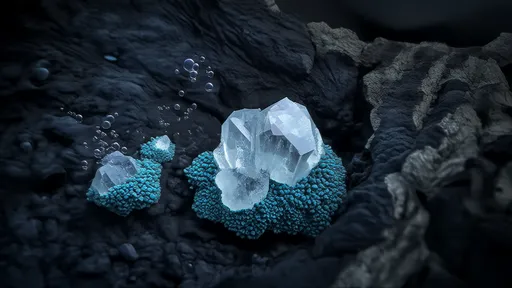
By /Jun 19, 2025

By /Jun 19, 2025

By /Jun 19, 2025

By /Jun 19, 2025
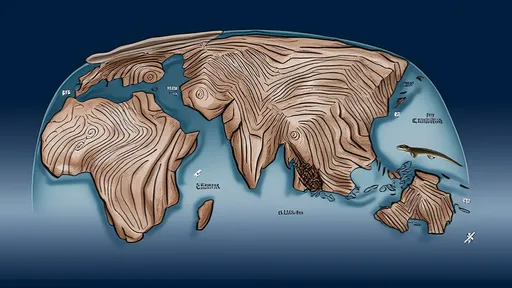
By /Jun 19, 2025

By /Jun 19, 2025

By /Jun 19, 2025
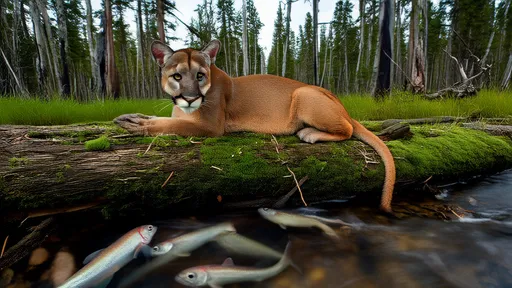
By /Jun 19, 2025

By /Jun 19, 2025

By /Jun 19, 2025

By /Jun 19, 2025
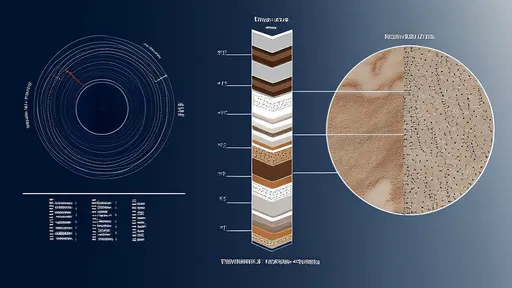
By /Jun 19, 2025

By /Jun 19, 2025

By /Jun 19, 2025
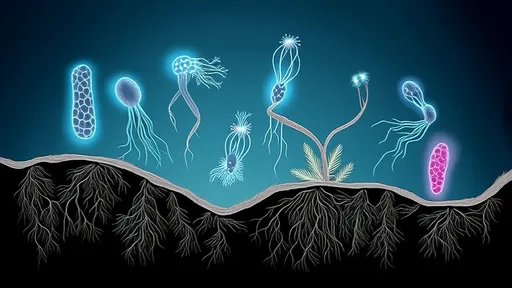
By /Jun 19, 2025

By /Jun 19, 2025